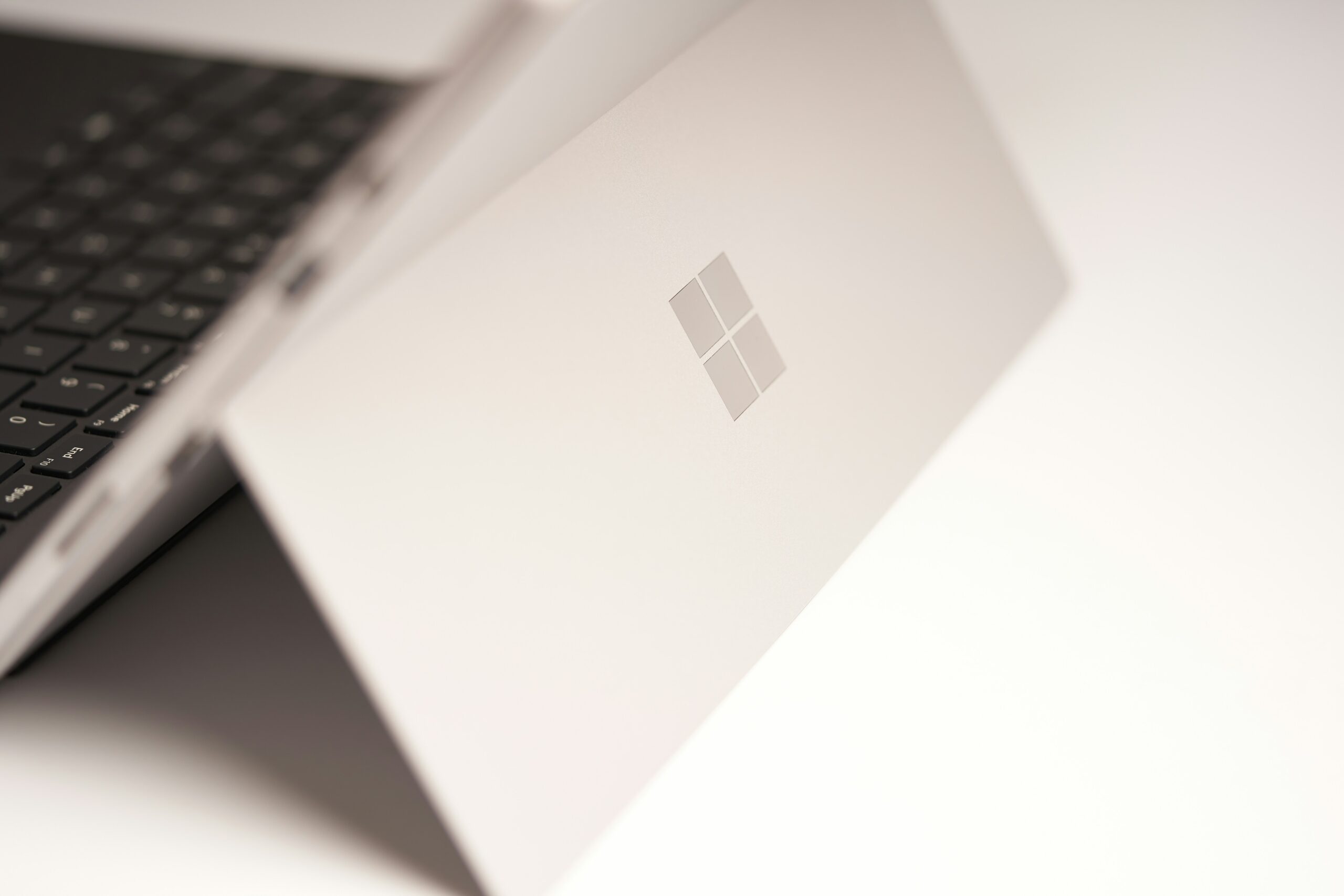Imagine trying to upload or download something on or from your business website, but the completion bar hardly moves for minutes during the process. The first thing your employees may do is blame the Internet, but the real problem can lie in data processing speeds. The latter is more difficult to fix than connectivity issues. Still, the benefits of edge computing prove otherwise.
Edge Versus Cloud Computing
If you still rely on centralized cloud computing to handle your small or large company, all the data your business produces must run directly to the cloud. That includes any information from IoT devices, like smart thermostats, refrigerators, desktops, tablets, smartphones, and more. All this data must go through a single location, which creates a bottleneck and slows processes and computing.
However, edge computing means not all data runs to the same location. Instead, you can set up multiple edge computing devices, each one only tracking and storing data from nearby company devices. For instance, if your surveillance cameras send the footage to an edge computing device rather than the cloud, the device processes and analyzes the data in real-time for threat detection and fast decision-making.
What Does Edge Computing Offer?
What are the benefits of edge computing? Should your company adopt this tech? Check out the perks here.
Reduced Latency for Real-Time Processing
With edge computing, speed is the name of the game. Data no longer has to travel long distances as it would with cloud computing, and it doesn’t have to compete with all other company data that requires immediate analysis. This encourages bandwidth optimization since less data is transmitted at once over the Internet for reduced latency and real-time processing.
Improved Data Privacy for More Company Security
Sending personal information to on-site edge computing devices rather than the cloud also means that the data doesn’t have to leave the premises, making it less vulnerable to third-party individuals during data breaches. This enhanced security measure gives your company more control over the data, and even if one edge device becomes compromised, your data is spread among several, minimizing damages.
Scalability for Unexpected Company Changes
The benefits of edge computing also include scalability. Your company may not always stay the same size, especially if you plan on growing your business to keep up with demands or downsizing according to your financial situation. With edge computing, add or remove edge servers as you deem fit, and you only pay for the amount of storage you use monthly, creating a cost-effective solution for your company.
With faster speeds, you no longer have to undergo unnecessary downtime while waiting for information to process. That means your customers also receive assistance faster, which helps you increase their satisfaction and gain a competitive edge over other businesses like yours in the process. So, as your business evolves, consider the benefits of edge computing to make sizing up or down an easy transition.
Frequently Asked Questions: Edge Computing
What is edge computing?
Edge computing is a distributed computing model where data processing occurs closer to the source of data generation, rather than sending all data to a centralized cloud location. It involves using multiple edge computing devices to track and store data from nearby company devices.
How does edge computing differ from cloud computing?
In cloud computing, all data is sent to a centralized location for processing. Edge computing, however, processes data closer to its source, reducing the amount of data that needs to be transmitted to the cloud.
What are the main benefits of edge computing?
The main benefits of edge computing include:
- Reduced latency for real-time processing
- Improved data privacy and security
- Scalability for adapting to company changes
- Bandwidth optimization
- Faster customer assistance
How does edge computing reduce latency?
Edge computing reduces latency by processing data closer to its source, eliminating the need for data to travel long distances to a centralized cloud. This results in faster data processing and real-time analysis.
How does edge computing enhance data privacy?
By processing data on-site rather than sending it to the cloud, edge computing keeps sensitive information within the company premises. This reduces vulnerability to third-party breaches and gives the company more control over its data.
Is edge computing scalable?
Yes, edge computing is highly scalable. Companies can add or remove edge servers as needed, paying only for the storage used. This flexibility makes it a cost-effective solution for businesses of varying sizes.
How can edge computing improve customer satisfaction?
Edge computing enables faster data processing, which leads to quicker response times. This allows businesses to assist customers more rapidly, potentially increasing customer satisfaction and providing a competitive advantage.
Does edge computing completely replace cloud computing?
No, edge computing doesn't necessarily replace cloud computing. Many businesses use a hybrid approach, leveraging both edge and cloud computing for different purposes based on their specific needs.
How does edge computing impact bandwidth usage?
Edge computing optimizes bandwidth usage by reducing the amount of data transmitted over the internet. This is achieved by processing and analyzing data locally, sending only necessary information to the cloud.
Can edge computing help with IoT devices?
Yes, edge computing is particularly beneficial for IoT devices. It allows for real-time processing of data from devices like smart thermostats, surveillance cameras, and other connected devices, improving their efficiency and response times.






